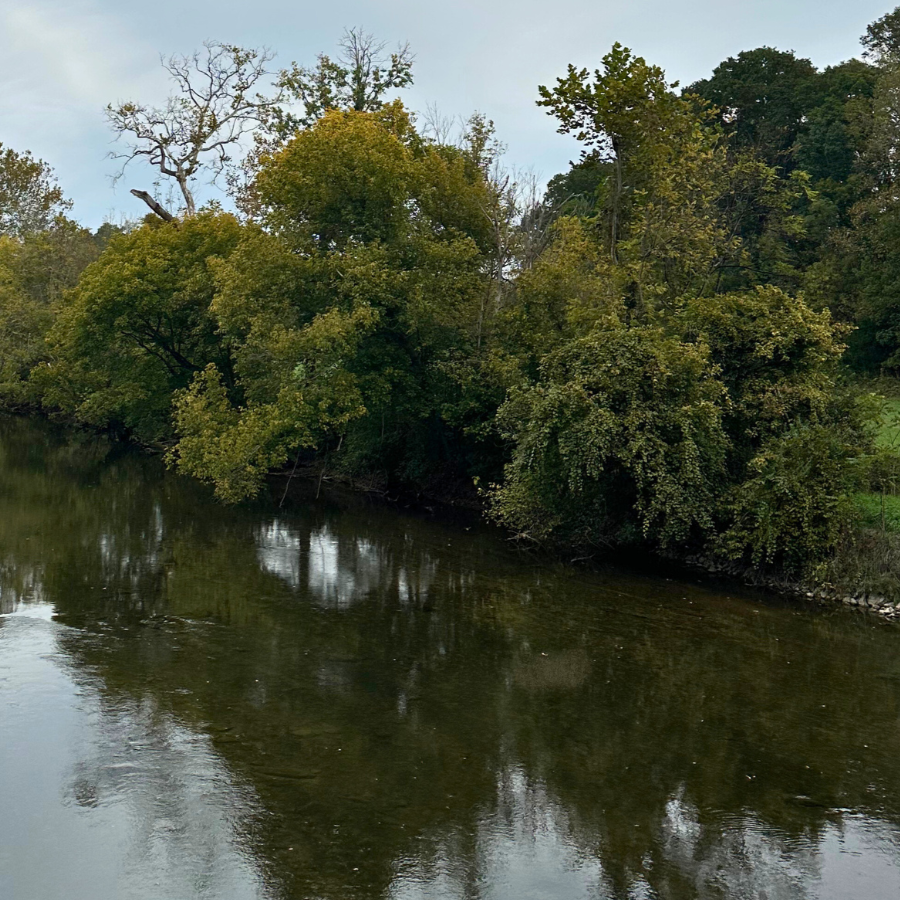Banned from the water: the history of swimming in the Potomac River
/From segregation to the swim ban, there is a long history of people not being able to enjoy the water in DC
Tidal basin in the summer
Everyone can appreciate the feel of jumping into cold water on a hot day. People of all kinds should be able to enjoy swimming, but unfortunately, swimming has historically not been accessible throughout the Potomac River region, especially in DC. In the past, this was because of segregation; in the present, it is because the Potomac isn’t healthy enough yet.
Washington, DC has a deep history of segregation in both its pools and on its shores.
The fight for equal access to water
Person jumping into the tidal basin. Photo credit: Harris & Ewing/Library of Congress.
In 1949, it was announced that 6 of the 8 public pools in DC would be desegregated. However, the DC recreation board chose to uphold the existing segregation rule for the Anacostia pool. So, when Black children showed up to swim, they were booed, splashed, and harassed until they were chased out of the pool. This led to a violent race riot that lasted the next few days and caused the pool to shut down. A year later, the Anacostia Pool was desegregated and reopened. Because of this, most white people did not return to the pool. To this day, the Anacostia pool is still mostly visited by Black residents.
Years before the Anacostia Pool riot, the Tidal Basin, built to connect both the Potomac and Anacostia rivers, was also a segregated body of water. It may be hard to imagine now, but the Tidal Basin was a popular swimming destination in the 1880s. Families would visit to enjoy a day at the beach and even sometimes participate in pie-eating contests and diving contests! However, in 1914, it officially became a white only beach with an area downstream where Black people could swim.
Tidal basin in dc with litter. Photo credit: TimothyJ CC BY 2.0
Only a year later, a report was released discussing how the Tidal Basin was filled with wastewater and sewage. 8 years after this, the beach was shut down due to these concerns of pollution and remains closed to swimming to this day. Today, there is plenty of work to do to improve the health of our river due to some areas still being polluted by sewers.
This issue is only made worse by extreme weather like flooding, which can cause the sewers to overflow. However, the future of the Tidal Basin is very hopeful! Water quality indicators such as pH, turbidity, bacteria level, and temperature all indicate a much healthier basin.
Restoring our connection to water
Tidal basin bathing with stuffed alligator. Photo credit: Harris & Ewing/Library of Congress.
We talked to Dr. Charlotte Taylor Fryar, a historian and writer whose work focuses on environmental justice. When we asked her what the most shocking thing she learned when researching the Tidal Basin, she said: “When looking at [historical images of people swimming in the tidal basin], you see a kind of joy and exhilaration. You also see a kind of relationship to recreating on the river, whether that's swimming or fishing or diving, etc., that people don't have anymore in the city. What is shocking to me is the degree in which we don't remember what we have lost.”
In order to regain this joyful relationship with the water, people need more access to it. With increased access to water, more people can learn to swim, to fish, and to paddle. We can make this possible by continuing to improve the water quality in the Potomac River and its tributaries, like the Anacostia River.
Reflection leading to a hopeful and healthier future
Swimming has been banned in DC for over 50 years, but today the water quality is regularly tested, and Potomac Conservancy holds monthly cleanups throughout the region. Removing trash from local waterways and the surrounding land helps prevent the river from becoming more polluted. The future of a healthy river for all is looking bright thanks to the continuing efforts of residents just like you.
We also measure the health of the entire river through our Potomac River Report Card, which uses 5 different health indicators to calculate a grade. Over the past decade, the Potomac River’s health grade improved from a D to a B! That is great news, and makes us optimistic for the future.











